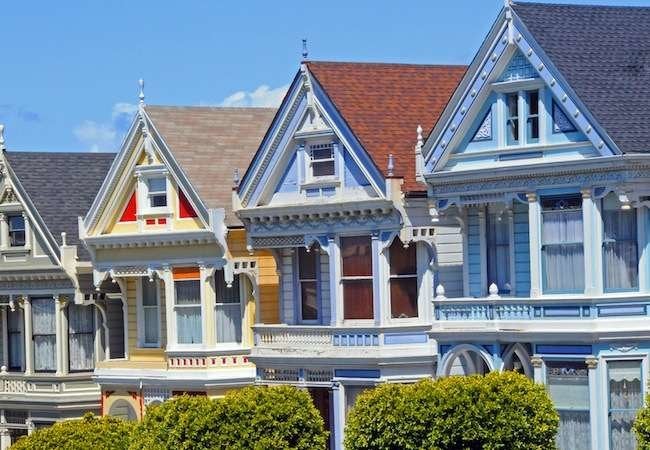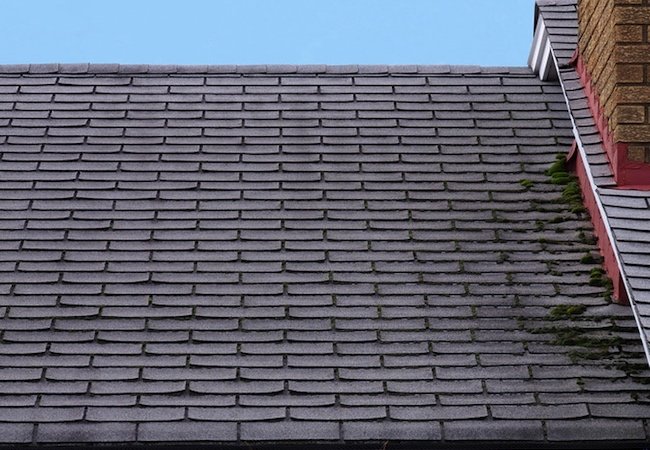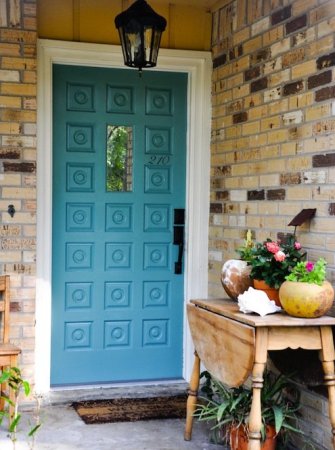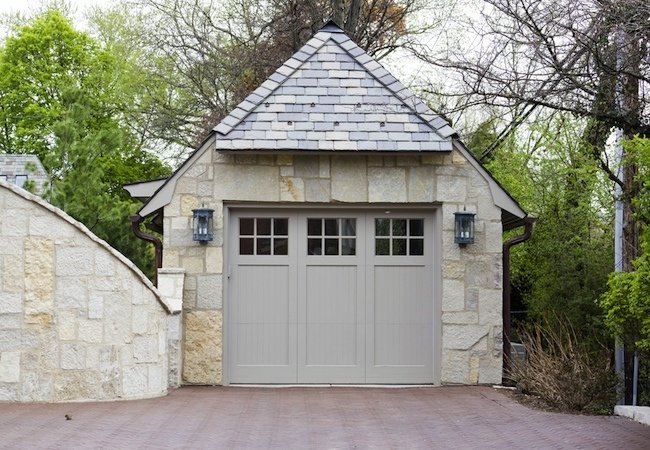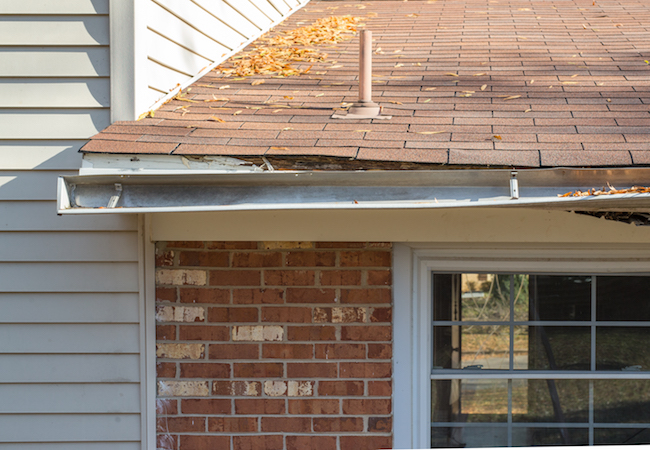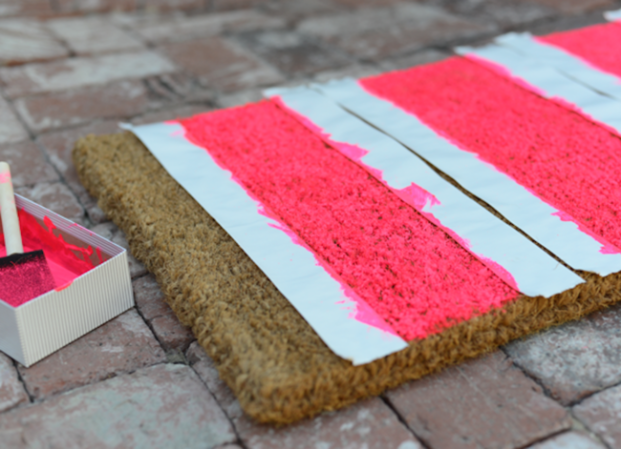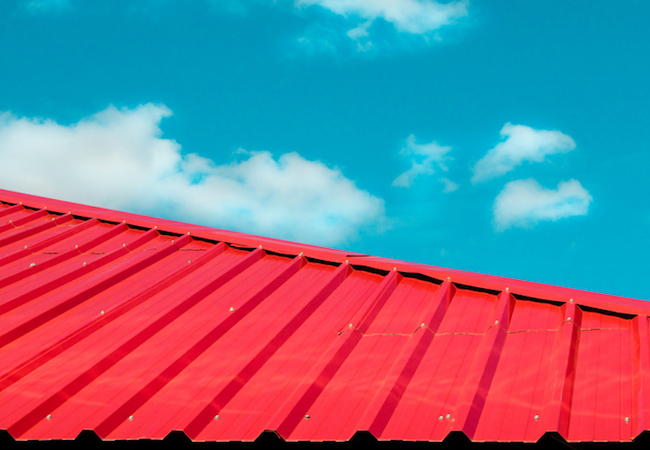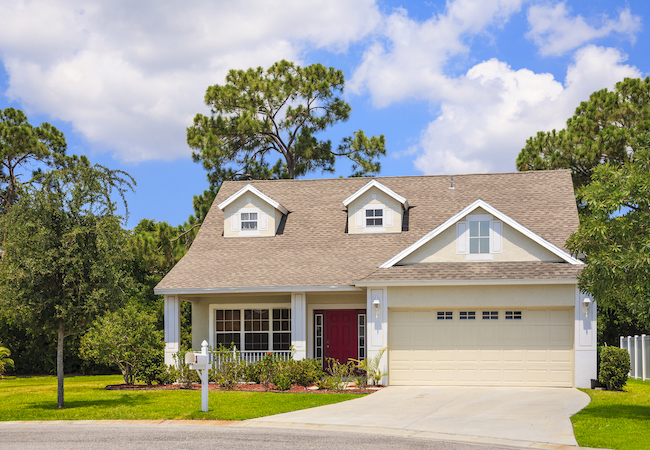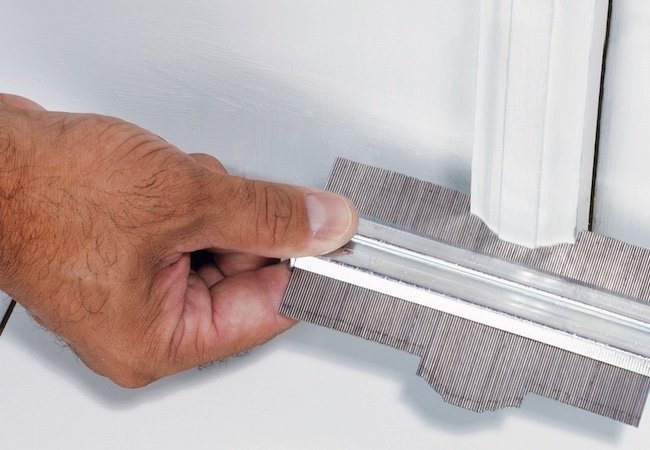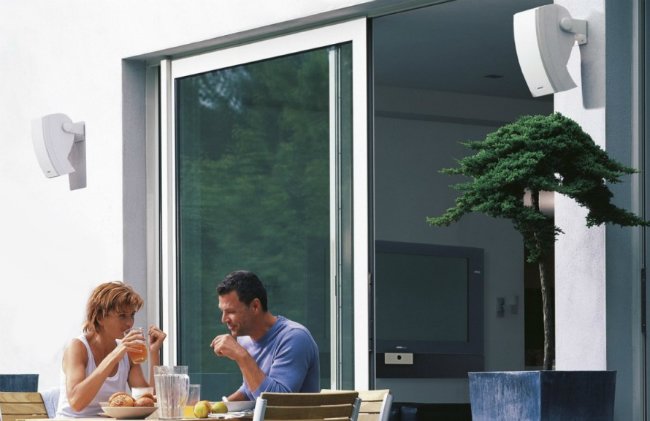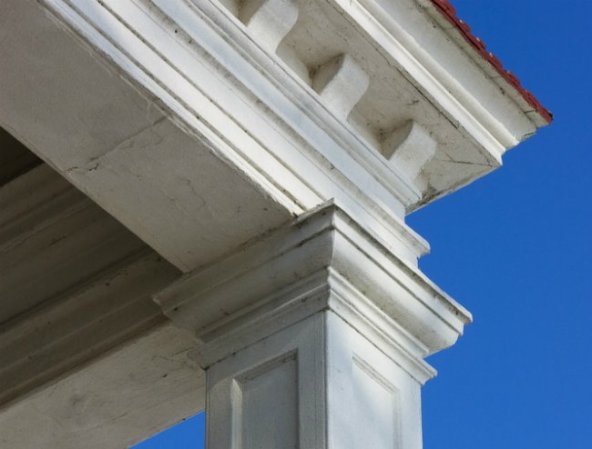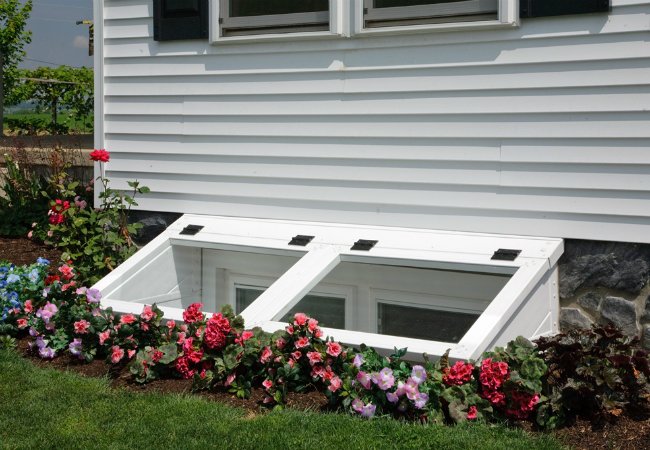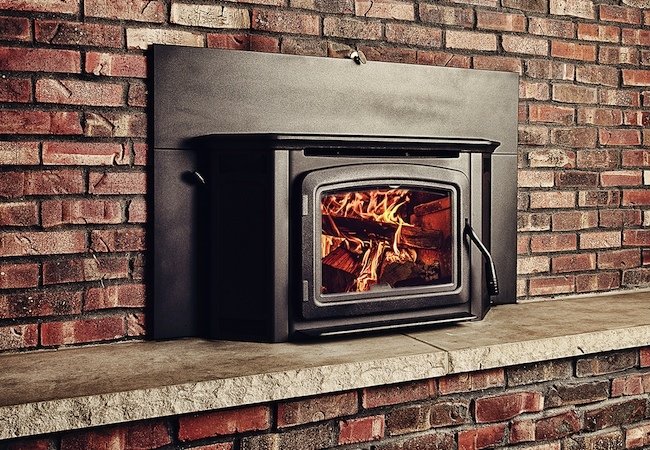We may earn revenue from the products available on this page and participate in affiliate programs. Learn More ›
The Georgian Style
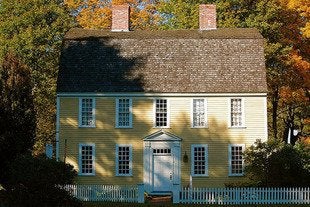
The earliest colonial
houses were unpainted, but during the revolutionary era, stylish architecture
began to appear on American streetscapes. Named after the English kings who
occupied the throne, the proud Georgian house was often dressed in colonial
yellow, Spanish brown, or white. Trim colors were most often whites or off
whites like sandstone.
The Federal Style
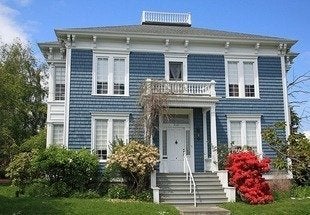
After
independence, American builders sought to distance themselves from their former masters. The
architectural details of Federal style houses tended to be lighter and more attenuated, and the colors, too, as rich creams, softer yellows, peach, and a mix of grays and
whites came into vogue. The flow of influences from Great Britain did not end,
however, as the Scotland-born Robert Adam promoted such delicate hues
as Wedgewood blue, pale green, primrose, and lemon yellow.
The Greek Revival
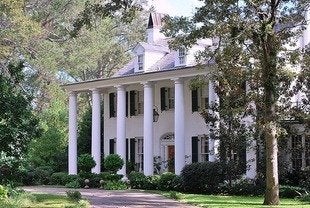
The emerging
discipline of archaeology distinguished the Grecian from the Roman, and white
became the dominant color choice of Greek Revival style in the second quarter of the nineteenth
century, echoing the sun-bleached temples of ancient Greece. The trim might
also be white or a subtly different stone or parchment color. Shutters were
often green, a color that was long thought to be restful (George Washington
called it “grateful to the eye”), but the palette was – temporarily – less
colorful.
The Victorian Age
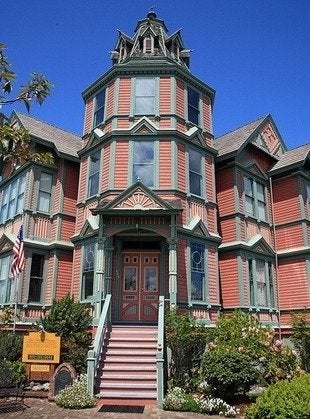
As paint became
less expensive the choices expanded, too, and
middle-class houses became more colorful. In the Victorian era, a sequence of
styles gained popularity: the Gothic Revival, followed by the Italianate,
Second Empire, the Stick Style, and Queen Anne. They were many greens, rosier
hues, vibrant golds, and brilliant blues. Deeper and richer colors came to
dominate.
The Bungalow
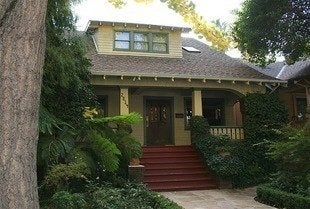
Gustiv Stickley
and his magazine, The Craftsman, first
set the tone for the turn-of-the-twentieth-century house commonly known as Bungalow. He specified
essentially organic colors for the exterior, such as natural gray, greens (dull,
warm, and moss), bone, and biscuit. Such shades suited the unpainted natural
materials with which he paired them, including stone, bricks of various hues,
and redwood. Interior woods were usually left unpainted.
Historic Paint Colors
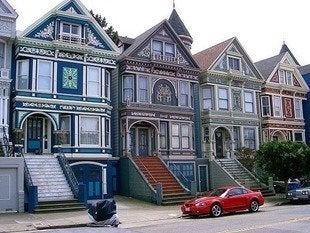
To find out more about historic paints and colors—how they are researched, authenticated, and translated for today’s homes—check out “Historic Paint Colors:
A primer for researching and choosing paint colors for the historic home.” In addition to gaining more insights into period colors, the article offers valuable resources to help you find the color best suited to your house style.
